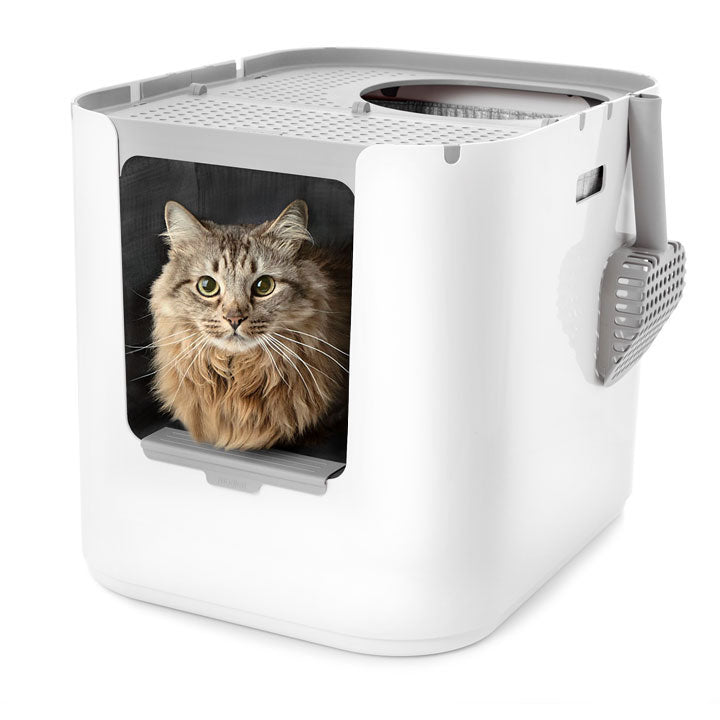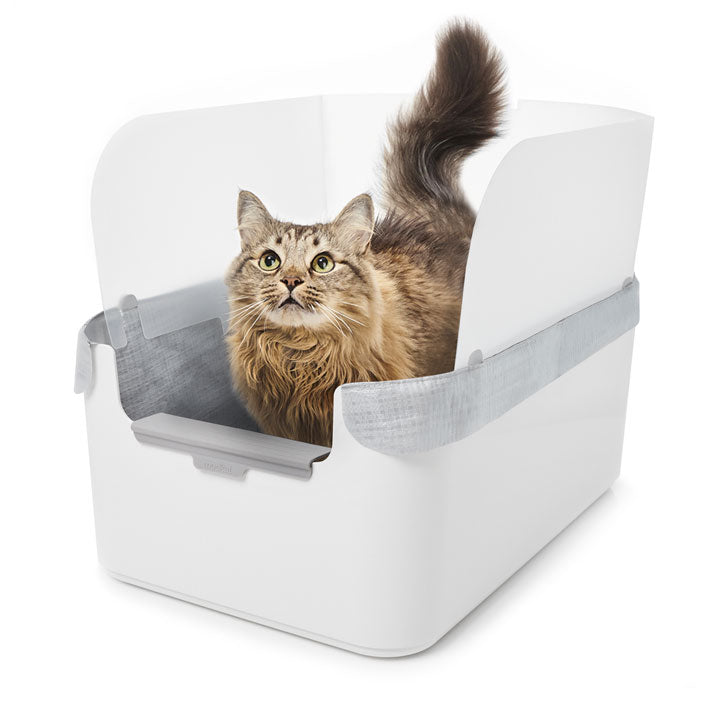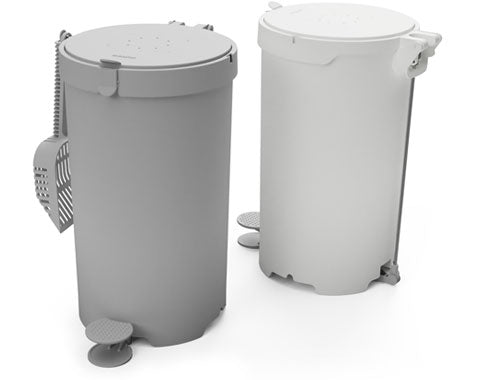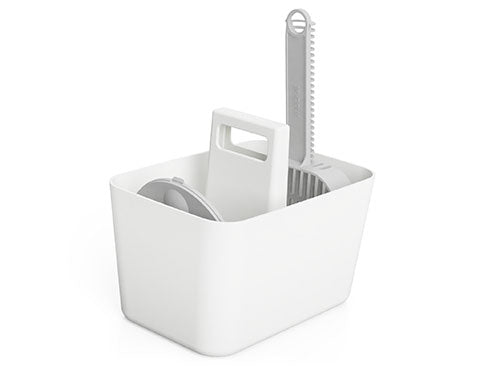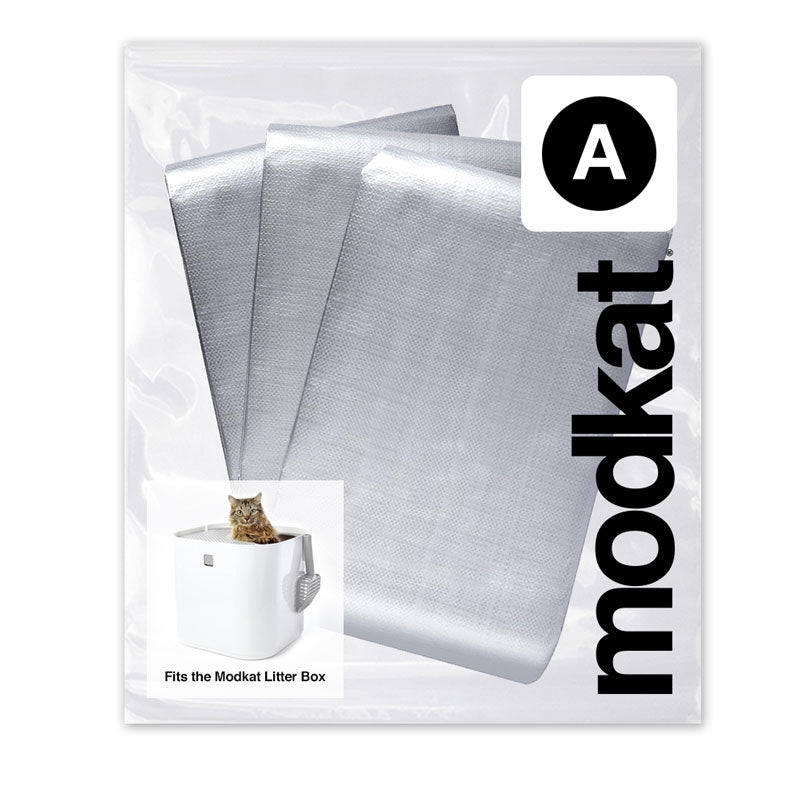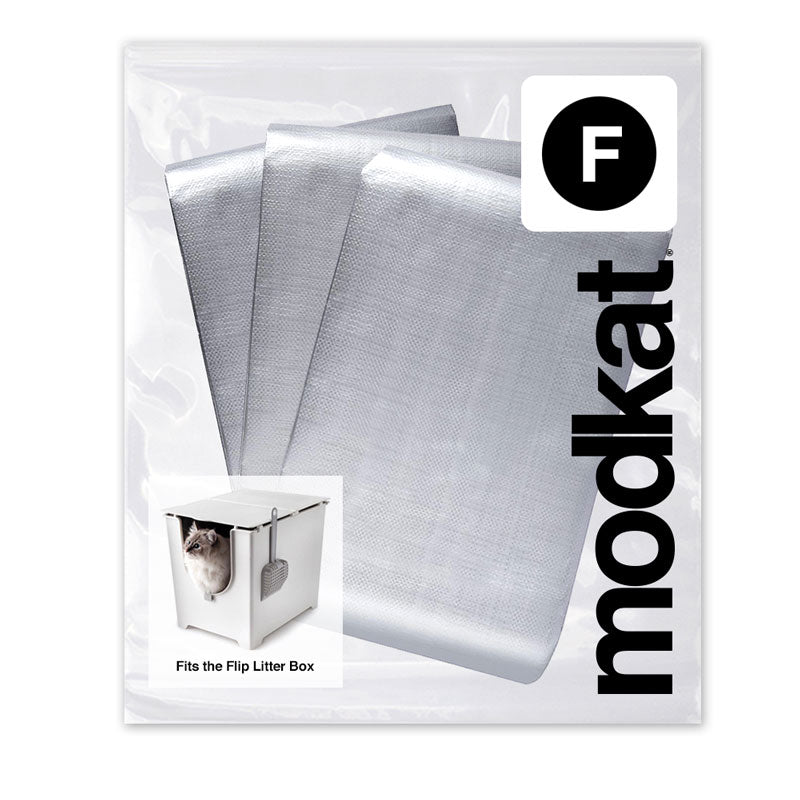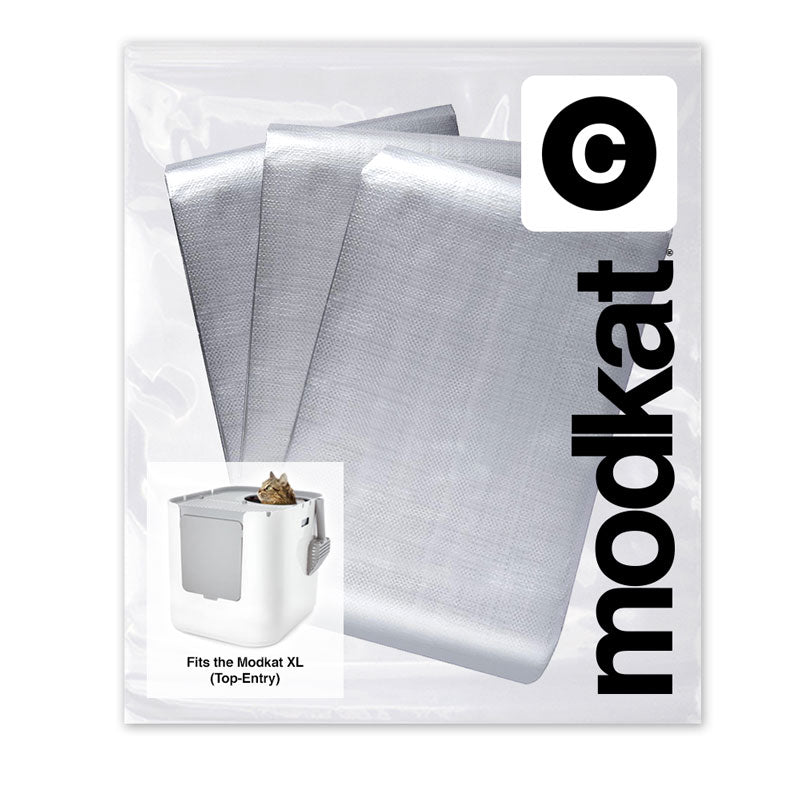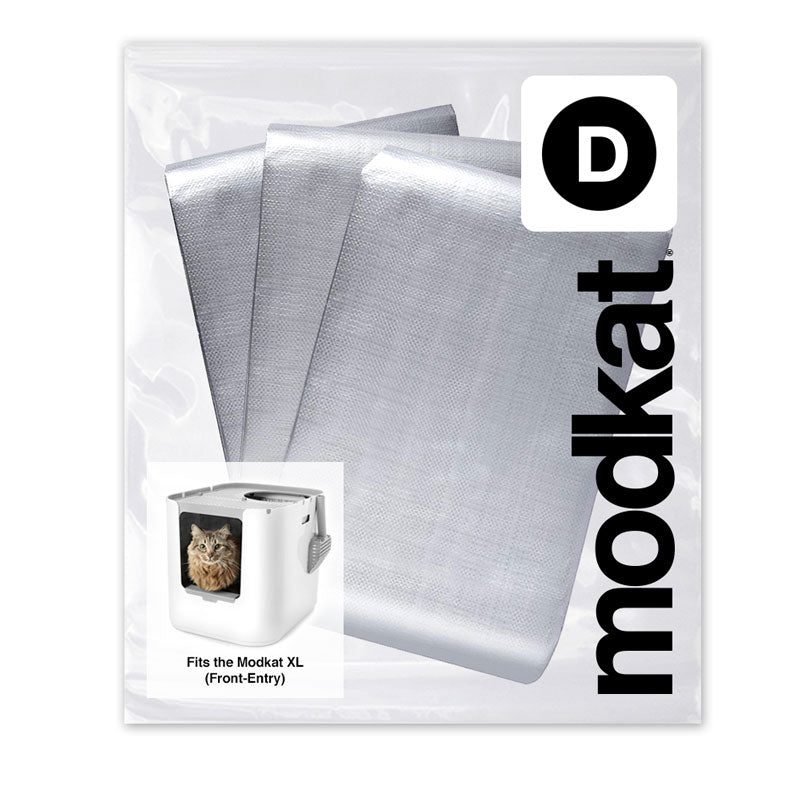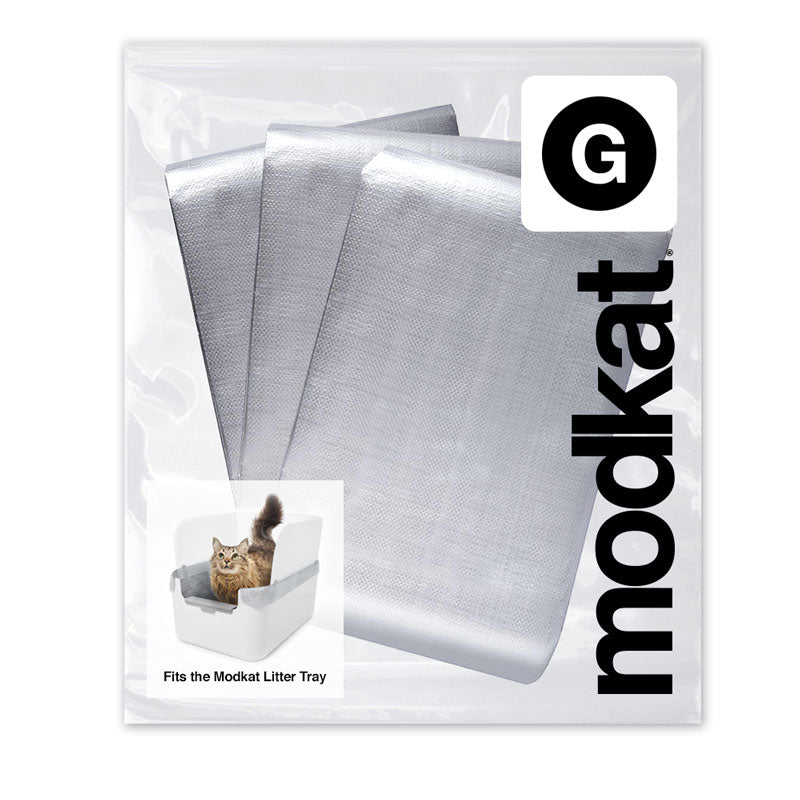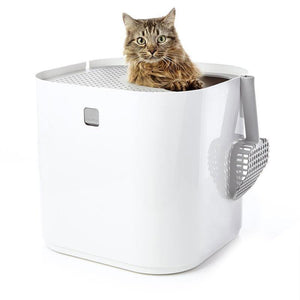Litter Boxes
Accessories
Liners
New York State leads the way by proposing to ban declawing in cats.

Cats need to scratch or claw a coarse surface every day to be healthy, happy animals. Scratching is a part of their feline makeup- it’s instinct. Some experts even suggest that clawing at objects is a sign of a flourishing cat.
Why cats scratch and claw your stuff
By scratching, cats not only stretch their muscles and chip away dead nail husks, but they also look insanely cute using those scratching posts with the ball on top. Due to cats’ instinctive nature to sink their claws into something coarse, some cat moms and dads find themselves frustrated when objects (the new sofa, anyone?) that are not for scratching get, well, shredded. Some opt for extreme measures in order to fix the problem, even going so far as to declaw their animals. But cats in the State of New York are napping peacefully now because the legislature recently passed as a bill a state-wide ban on declawing.
Why declawing isn't the answer
Experts consider the convenience-driven practice of declawing a cat to be a damaging and dangerous surgical procedure wherein the cat’s claws are completely removed. Though some cat lovers assume the procedure is mainly cosmetic, the surgery actually involves removing the last bone in the cat’s paw, along with vital connective tissue that allows the cat to function properly. This is why the procedure is considered highly invasive.
Declawing can create a multitude of long-term complications for cats, including infection, nerve damage, issues walking, lameness, back pain, and even behavioral changes such as refusal to use the litter box. Most veterinarians consider the procedure to be equivalent to an amputation in humans, except the cat gets five amputations per paw, not just one. The Humane Society describes in more detail the ramifications of undergoing this type of procedure here if you have the stomach to read it.
What New York is doing about declawing
The ban on declawing bill that passed in New York imposes a $1,000 fine on veterinarians who follow through with this procedure for non-medical reasons. Some specific medical conditions such as nail bed tumors may make it necessary for cats to endure declawing. But these are rare. Interestingly, the New York State Veterinary Medical Society has put out statements opposing the ban, saying that the procedure should be allowed for cats with extreme habits or for cat parents whose immune systems are more susceptible to infection by scratches. However, people typically opt for declawing for convenience or aesthetic purposes only, without a proper understanding of the long-term damage and pain the procedure may cause. Once most cat lovers learn more about the procedure, they opt for a less radical solution.
Because declawing is such an invasive surgery for cats, this practice has been forbidden in several countries, and its ban is currently being considered in many other U.S. states such as California, Rhode Island, West Virginia, New Jersey, and Massachusetts. Some specific cities such as Los Angeles, San Francisco, and Denver have also banned declawing. Though many lawmakers encouraged this bill in the state of New York, the final call to sign it into law comes down to Governor Andrew Cuomo. As this bill gets pushed through into law, animal advocates hope that other states and cities will follow suit by passing similar bills.
How to help your cat scratch responsibly
If declawing is out, what can you do to reform a dedicated feline scratcher?
Though your cat’s definition of redecorating the couch may not align with yours, scratching shouldn’t be discouraged altogether since it helps cats discard the dead nail and mark their territory. Cats will find a place to carry out their daily routine, and if you direct them to the right spots, they usually catch on. Save your furniture with a scratching post..
In our all-inclusive guide to scratching posts, you can find out how to get the cat using a scratching post, even if the cat lives with a disability. For other ideas and further research, check out some tips we put together to help you stop your cat from clawing the sofa. 🐈
“It looks nicer than any other hooded or open option we considered.”

Purrr News.
Join our email list and get exclusive access to new products, the best cat litter box health articles, and 10% off your first order!
Similar products related to this blog:
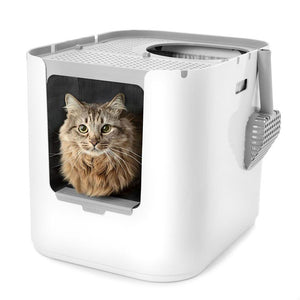
"It looks nicer than any other hooded or open option we considered."

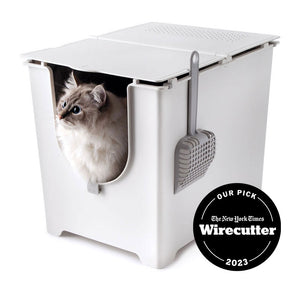
"This litter box keeps everything in, nothing gets out the sides."
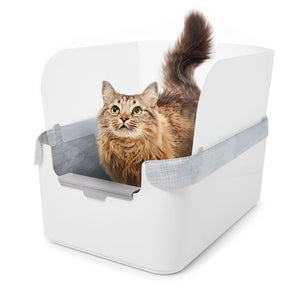
"My beautiful ragdoll cat and I both love the new Modkat Litter tray!"

